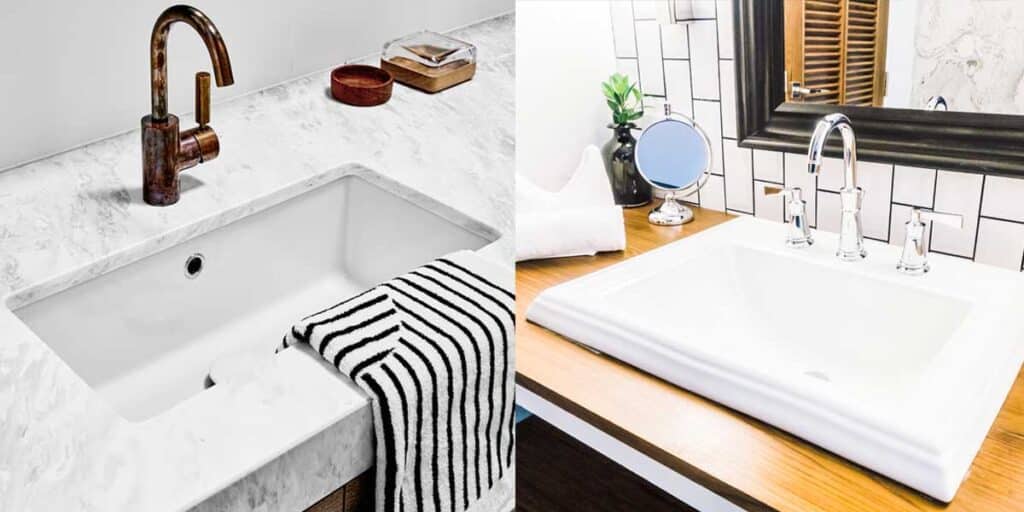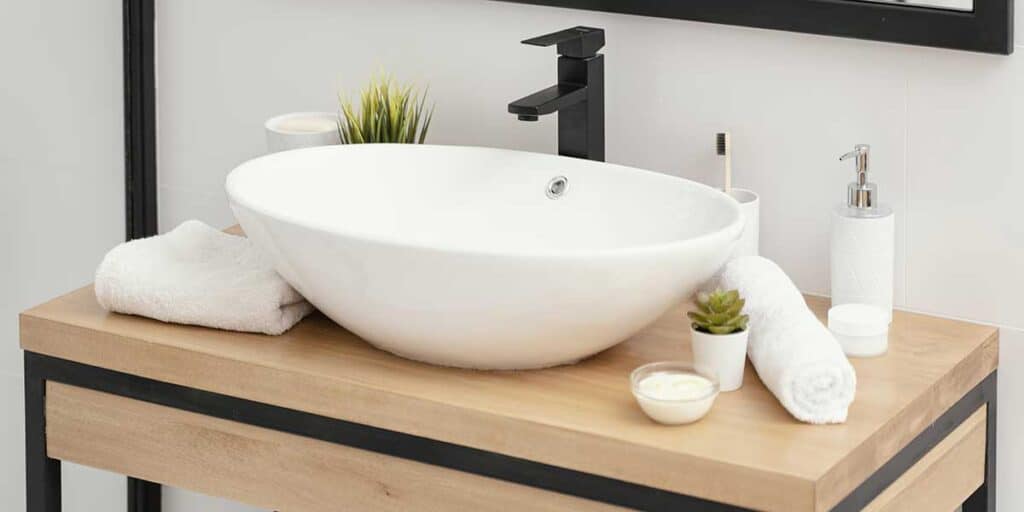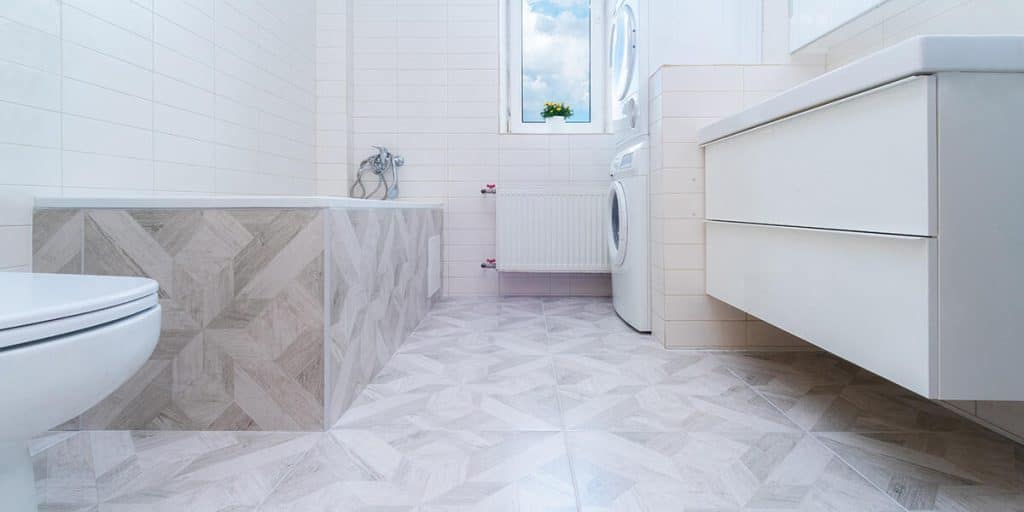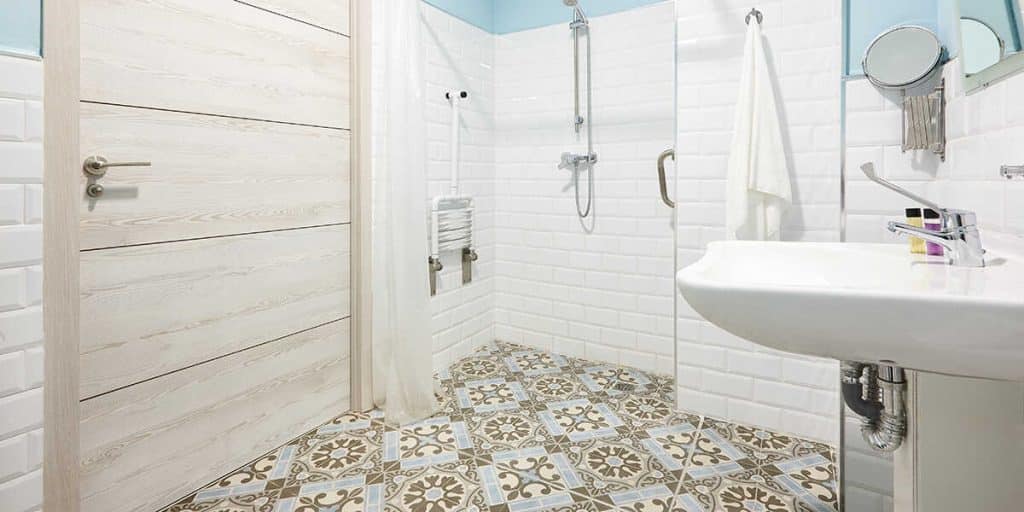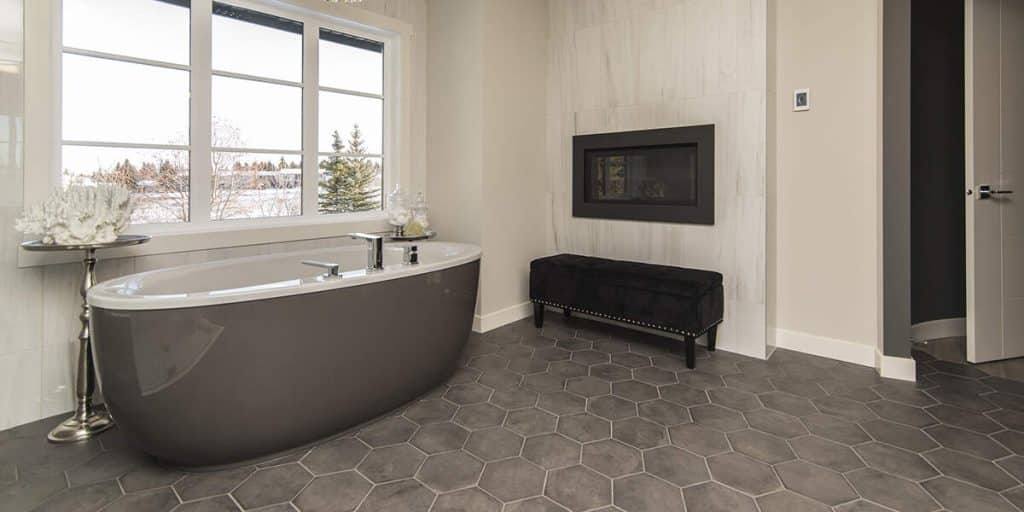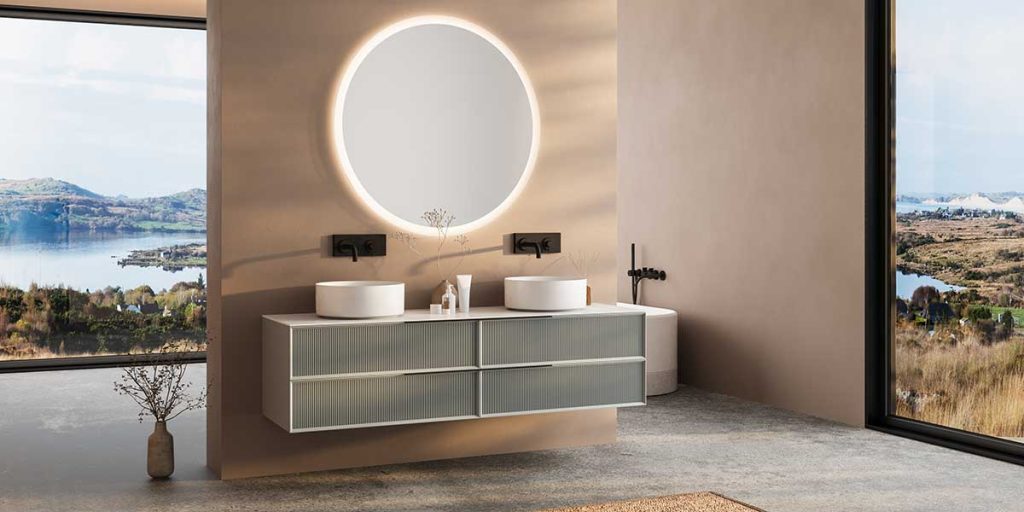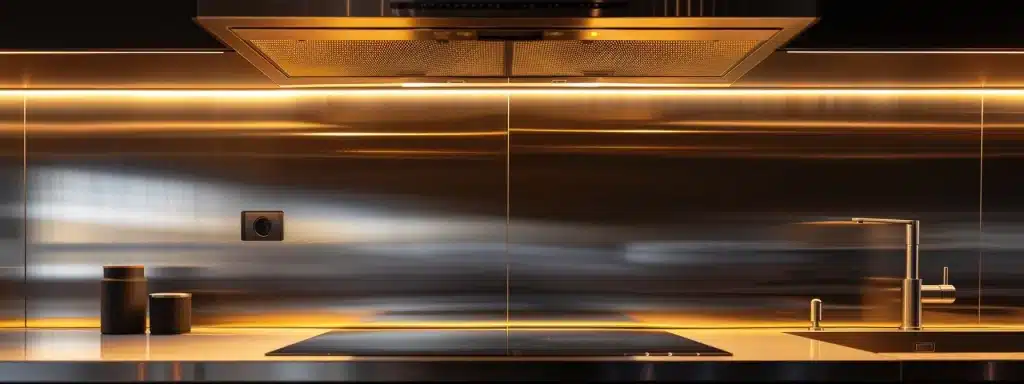Choosing Between Drop-In and Undermount Sinks for Your Bathroom Remodel
Are you struggling to decide which sink style will best transform your bathroom renovation? Comparing drop-in and undermount options can help you choose functionality and visual appeal, from installation requirements to long-term maintenance considerations. When planning your renovation, comparing sink material options and bathroom sink trends is crucial in creating your ideal space. In this guide, Catalyst Construction will explain drop-in sinks versus undermount sinks for your bathroom to help you make the perfect choice. Understanding Drop-In Sink Features Drop-in sinks offer practicality and versatility, making them popular for many bathroom renovations. These sinks feature a visible rim that sits on top of your countertop, providing structural support and creating a secure installation method that works with virtually any countertop material. The installation process for drop-in sinks is straightforward, making them an excellent option for budget-conscious homeowners or DIY enthusiasts. You simply cut an opening in your countertop and drop the sink into place, where the rim prevents it from falling through while sealant secures the perimeter. Compatibility advantages: Drop-in sinks work seamlessly with laminate, tile, granite, quartz, and marble countertops without special considerations. Replacement ease: You can easily swap out a drop-in sink without modifying your existing countertop or plumbing configuration. Cost benefits: These sinks typically cost less to purchase and install than undermount alternatives. Style variety: Available in countless materials, colors, and sizes to match any bathroom aesthetic preference. Exploring Undermount Sink Benefits Undermount sink benefits center around creating a seamless, sophisticated appearance that elevates your bathroom’s overall design. These sinks mount beneath the countertop surface, eliminating the visible rim and creating an uninterrupted flow from counter to basin. The streamlined design makes cleaning significantly easier since you can wipe debris directly from the countertop into the sink without obstruction. This installation method also maximizes your usable counter space, which proves especially valuable in smaller bathrooms where every inch matters. Design advantages: The seamless integration showcases your countertop material while creating a modern, high-end appearance. Cleaning benefits: No rim means no crevices where grime can accumulate, making maintenance more hygienic and efficient. Space optimization: Eliminates the rim footprint, providing maximum usable counter surface around the sink area. Value enhancement: Adds a premium feel that can increase your home’s resale appeal and market value. Installation and Maintenance Considerations Installation requirements differ significantly between these two styles and can impact your renovation timeline and budget. Drop-in sinks require minimal expertise and can often be installed as a weekend DIY project, while undermount installations typically require professional expertise to ensure proper mounting and waterproofing. Maintenance needs also vary considerably between styles. Drop-in sinks require regular attention to the rim area where soap scum and debris can accumulate, while undermount installations need periodic inspection of the seal between sink and countertop to prevent water damage. Consider your long-term maintenance preferences when weighing a drop-in sink versus an undermount sink for your bathroom. If you prefer minimal upkeep, undermount styles offer easier daily cleaning, though they require occasional professional seal maintenance to prevent moisture issues. Bathroom Sink Aesthetics and Design Impact Bathroom sink aesthetics are crucial in determining your space’s overall visual impact and style direction. Drop-in sinks offer a traditional, timeless appearance that complements classic design schemes, while their visible rim can create visual breaks that some homeowners find appealing in certain decorating contexts. Undermount sinks provide a contemporary, minimalist look that emphasizes clean lines and uncluttered surfaces. This style particularly complements modern and transitional design themes where simplicity and sophistication take precedence over ornate details. When selecting bathroom vanity sinks, consider how each installation method affects your countertop’s visual prominence. Undermount styles allow beautiful stone patterns and colors to flow uninterrupted, while drop-in rims can frame the sink area for a more defined look. Make the Right Choice With Catalyst Construction Choosing between a drop-in sink and an undermount sink for your bathroom depends on your design preferences, budget, and maintenance priorities. At Catalyst Construction, we help Austin homeowners select and install the perfect sink style that complements their vision and lifestyle needs. Whether you’re exploring various types of bathroom sinks or ready to move forward with your selection, our experienced team ensures professional installation and lasting results for your bathroom transformation. We can help you settle the drop-in sink versus undermount sink debate for your bathroom remodel. Contact Catalyst Construction today at (512) 535-0544 to discuss your renovation goals and discover which sink style will best enhance your Austin home.
Choosing Between Drop-In and Undermount Sinks for Your Bathroom Remodel Read More »

